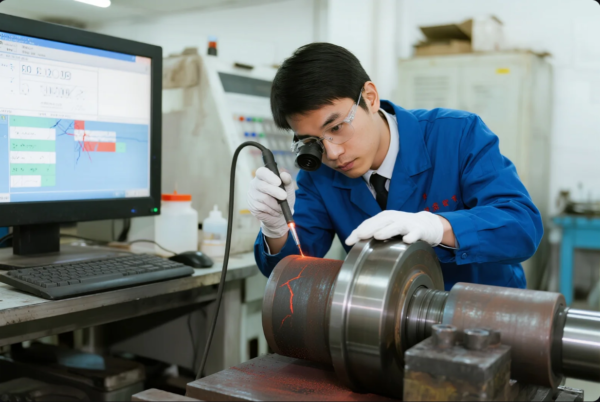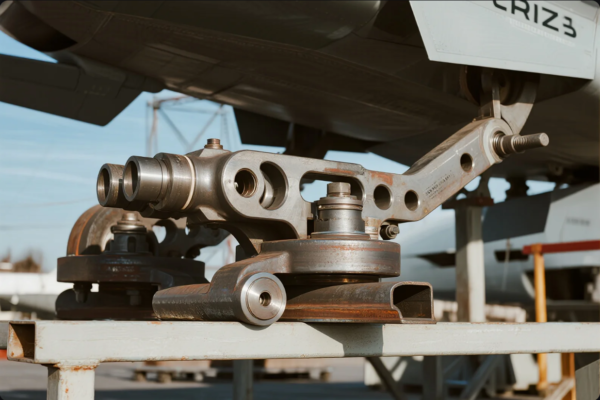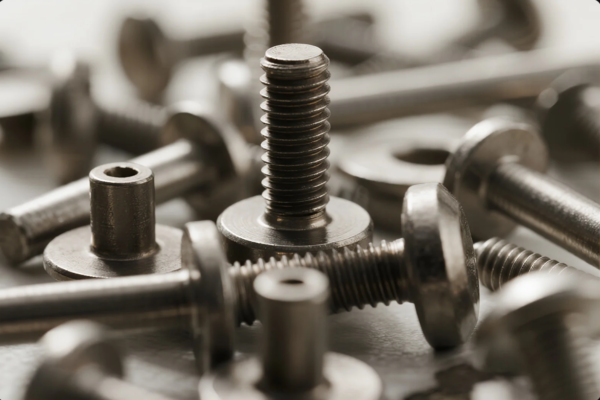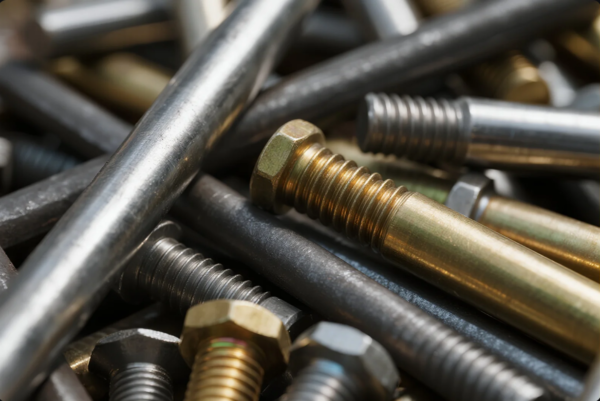How to Source High-Quality Metal Forging Parts from China: What Should Buyers Focus on for Supplier Selection and Quality Control?

Sourcing metal forging parts from China offers global buyers major cost and speed advantages, but only when supplier selection and quality control are taken seriously from day one. I have worked with dozens of international companies across automotive, energy, construction, and OEM sectors. Many learned—sometimes painfully—that working with the wrong supplier can cause missed deadlines, faulty products, and lost clients. This guide brings together years of lessons and practical know-how to help you source safely and profitably.
The most successful sourcing projects start by defining your quality, technical, and communication needs—then working only with proven, ISO-certified factories. Professional buyers always check real production capacity, control the material supply chain, and insist on robust inspection. This way, your supply is stable, your products meet global standards, and your business grows with confidence.
If you want to go beyond “price-first” thinking and avoid all the classic pitfalls, this is your step-by-step playbook.
Table of Contents
- What to Look for in a Reliable Metal Forging Manufacturer?
- How to Screen and Verify Chinese Forging Suppliers
- Material Selection for Forged Components: Carbon Steel, Alloy Steel, Stainless Steel, and More
- The Complete Metal Forging Process: From Raw Material to Finished Part
- Quality Inspection Methods for Metal Forgings: NDT, Mechanical Testing, and Certification
- Best Practices for Communication, Payment, and Logistics
- Frequently Asked Questions about Sourcing Forged Metal Parts in China
- Supplier Management and Continuous Improvement
- Risk Management and Common Mistakes to Avoid
- Contact Prime
What to Look for in a Reliable Metal Forging Manufacturer?
The real difference between success and failure comes down to your supplier’s integrity, technical control, and export experience. Price is easy to compare, but what about hidden costs from late shipments, scrap, or warranty claims?
The most reliable forging manufacturers in China own their own production lines, have certified in-house laboratories, and employ process engineers and English-speaking project managers. They can show traceability from steel mill to finished packing, and they will share real audit reports from SGS, TÜV Rheinland, or Bureau Veritas.

Ask to see not just certificates, but also:
- Real production videos and photos (not stock images)
- Organizational chart and key staff bios
- List of export clients and references
- Factory utility bills or satellite photos for proof of physical scale
Insist that your supplier signs an NDA (Non-Disclosure Agreement) and a technical quality agreement. Don’t settle for “yes, we can do everything”—ask for detailed process capability and real tolerance data.
How to Screen and Verify Chinese Forging Suppliers
Due diligence is your best insurance. Professional buyers screen at least 5-10 potential suppliers and always follow a layered, step-by-step process.
Start by collecting the full Chinese business license, export license, and tax number. Cross-check these on government sites or with your embassy’s trade office. Use Alibaba, Made-in-China, Global Sources, Thomasnet, and Kompass to confirm company history and factory locations.
Then:
- Check ISO, IATF, API certifications on official registries.
- Request recent third-party audit summaries or arrange your own with SGS or AsiaInspection.
- Insist on a live video tour, including all key production steps, QA lab, and warehouse.
- Review at least two customer references, preferably in your country or industry.

Before issuing a large order, always place a sample or trial order first. Define your product specs, packaging, and inspection requirements in writing. Specify all tolerances, surface finish, hardness, and even branding or labeling needs.
Material Selection for Forged Components: Carbon Steel, Alloy Steel, Stainless Steel, and More
Materials are the backbone of your part’s performance, safety, and life cycle cost. Don’t let suppliers switch or downgrade materials without strict control.
Professional suppliers offer a range of materials—carbon steel, alloy steel, stainless steel, aluminum, brass, copper, and titanium. Each has unique strengths. Leading exporters supply EN 10204 3.1 certificates, original mill test reports, and batch traceability.
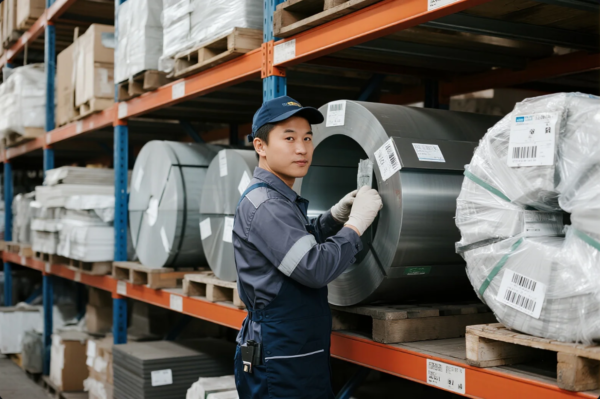
Practical Tips:
- Require chemical analysis by a third-party or an in-house spectrometer for each delivery.
- Specify mechanical properties—yield strength, tensile, impact, and hardness.
- Insist on photo and video evidence of bar code/heat number marking.
- For aerospace, medical, or energy parts, check that your supplier is sourcing from approved steel mills like Baosteel, ArcelorMittal, or Nippon Steel.
The Complete Metal Forging Process: From Raw Material to Finished Part
Many buyers don’t realize how many details are involved in a true export-ready forging process. Missing one step can mean trouble later.
The full process includes: material inspection, billet cutting, heating, forging (open die, closed die, or ring rolling), trimming, normalizing or heat treating, precision machining, surface treatment, and detailed inspection at every stage. Your supplier must document and share these steps—ideally with process control charts and real data.
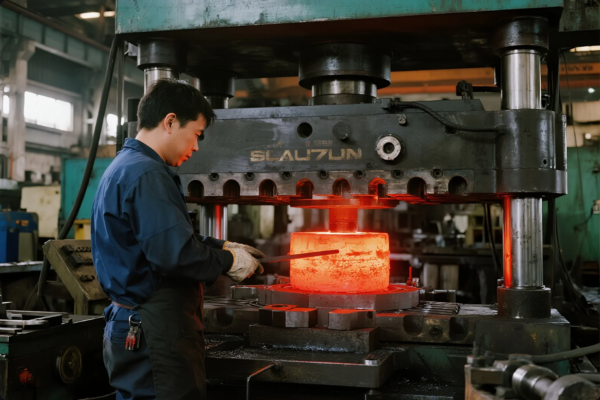
What to Ask For:
- Video/photo evidence of each process (not just marketing shots)
- Temperature, time, and die force records for traceability
- Details about die/mold maintenance and replacement schedules
- Descriptions of in-house vs. outsourced steps
All reputable Chinese suppliers should provide full documentation for custom packaging, corrosion prevention, and export crating—meeting Export.gov packaging and ISPM 15 wood requirements.
Quality Inspection Methods for Metal Forgings: NDT, Mechanical Testing, and Certification
Inspection is the only way to “trust but verify.” The best suppliers have in-house and third-party checks.
A robust program includes visual and dimensional inspection, ultrasonic testing, magnetic particle testing, dye penetrant, hardness testing, tensile and impact tests, and CMM dimensional reports. Your order should always include EN 10204 3.1 certificates and signed inspection logs.
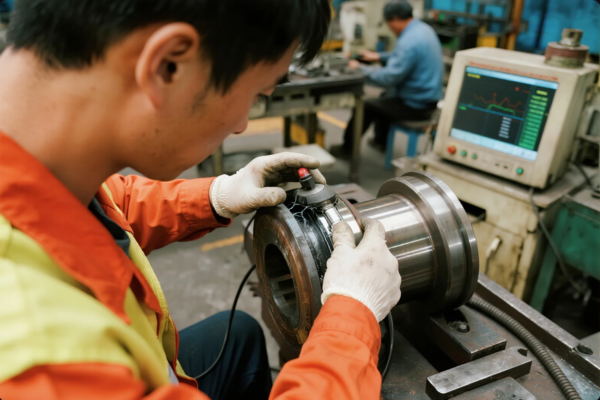
For best results:
- Pre-define sample sizes and acceptance criteria in your PO
- Request packaging, label, and loading photos before shipment
- Arrange for third-party pre-shipment inspection with SGS, Bureau Veritas, or TÜV Rheinland
- For safety or liability-critical parts, require retention samples and lifetime traceability
Prime’s QC lab runs tensile, impact, spectrometer, and CMM checks on every order, providing digital and paper reports for every batch.
Best Practices for Communication, Payment, and Logistics
Buyers who rely on chat apps or “verbal” agreements often face misunderstandings and expensive mistakes. Write everything down, double-check, and keep a digital trail.
Insist on bilingual contracts covering product drawings, tolerances, tests, delivery terms, packaging, penalties, and complaint handling. For payment, use T/T wire transfer, L/C, or Alibaba Trade Assurance (never pay to personal accounts). For logistics, confirm Incoterms (FOB, CIF, DAP), insured shipping, and the exact port or airport before shipping.
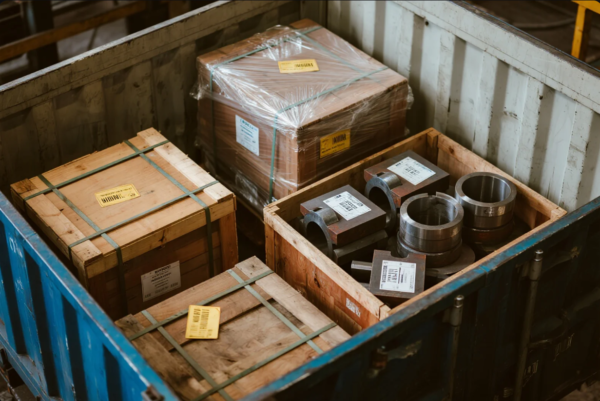
For samples or urgent shipments, use express options like DHL, FedEx, or UPS. For bulk shipments, book reputable forwarders such as Maersk, COSCO, or digital brokers like Flexport. Always insure high-value goods (Chubb Cargo).
Frequently Asked Questions about Sourcing Forged Metal Parts in China
How do I verify a supplier’s real factory status?
Check business licenses, request a live video tour, and use Alibaba Verified Supplier.
What certificates should I request?
Always request ISO 9001, IATF 16949, API, EN 10204 3.1, and mechanical test reports for each batch.
Which logistics partners are reliable?
For global freight, use Maersk, COSCO, DHL, FedEx.
How do I avoid payment risk?
Never wire to personal accounts. Use company bank info, L/C, or trusted escrow (Alibaba Trade Assurance).
How do I manage quality complaints or returns?
Specify your complaint process and right to return for off-spec goods in the contract. Hold a payment balance until final acceptance.
Supplier Management and Continuous Improvement
Smart buyers treat sourcing as a relationship, not a one-time deal. Long-term suppliers can lower costs, boost speed, and innovate with you—if you manage them well.
Set up regular performance reviews, including on-time delivery, quality rate, and communication speed. Share feedback on defects or delays, and agree on corrective actions. Arrange periodic audits or site visits. Leading companies send their engineers to review production and train local QC teams.

Use KPIs to track supplier performance:
- On-time shipment rate
- Defect rate per batch
- Response time for RFQs and technical support
- Compliance with documentation and contract terms
If you see repeated problems, be direct but constructive. If a supplier fails to improve, be ready to find new partners—always keep 1–2 backup suppliers “warm.”
Risk Management and Common Mistakes to Avoid
Risk comes from assumptions, shortcuts, and skipping steps to save time or money. The most common mistakes I see are:
- Sourcing from trading companies without verifying real production
- Accepting vague quotations without technical details
- Failing to define test, inspection, and packaging requirements up front
- Paying 100% before shipment or skipping third-party inspections
- Not clarifying liability for shipping damage or late delivery
Mitigate risk by building “stage gates” into your process: material approval, first article inspection, and final pre-shipment checks. Work with insurance and legal partners who understand global trade, such as Chubb Cargo for insurance or Lexology for international legal tips.
Contact Prime
Ready to source certified, precision-forged metal parts from China’s leading supplier? Contact Prime for expert guidance, fast quotes, and factory-direct service.
- Website: https://primecustomparts.com/
- Email: [email protected]
Our team guarantees quality, on-time export, and support for every order.
Conclusion
Sourcing high-quality forged metal parts from China requires strong due diligence, technical understanding, and transparent communication. By choosing certified suppliers, specifying every detail in writing, and using robust inspection, you can reduce risk and secure reliable long-term supply. Ready to upgrade your sourcing? Contact Prime for a free technical consultation and sourcing solution today.

